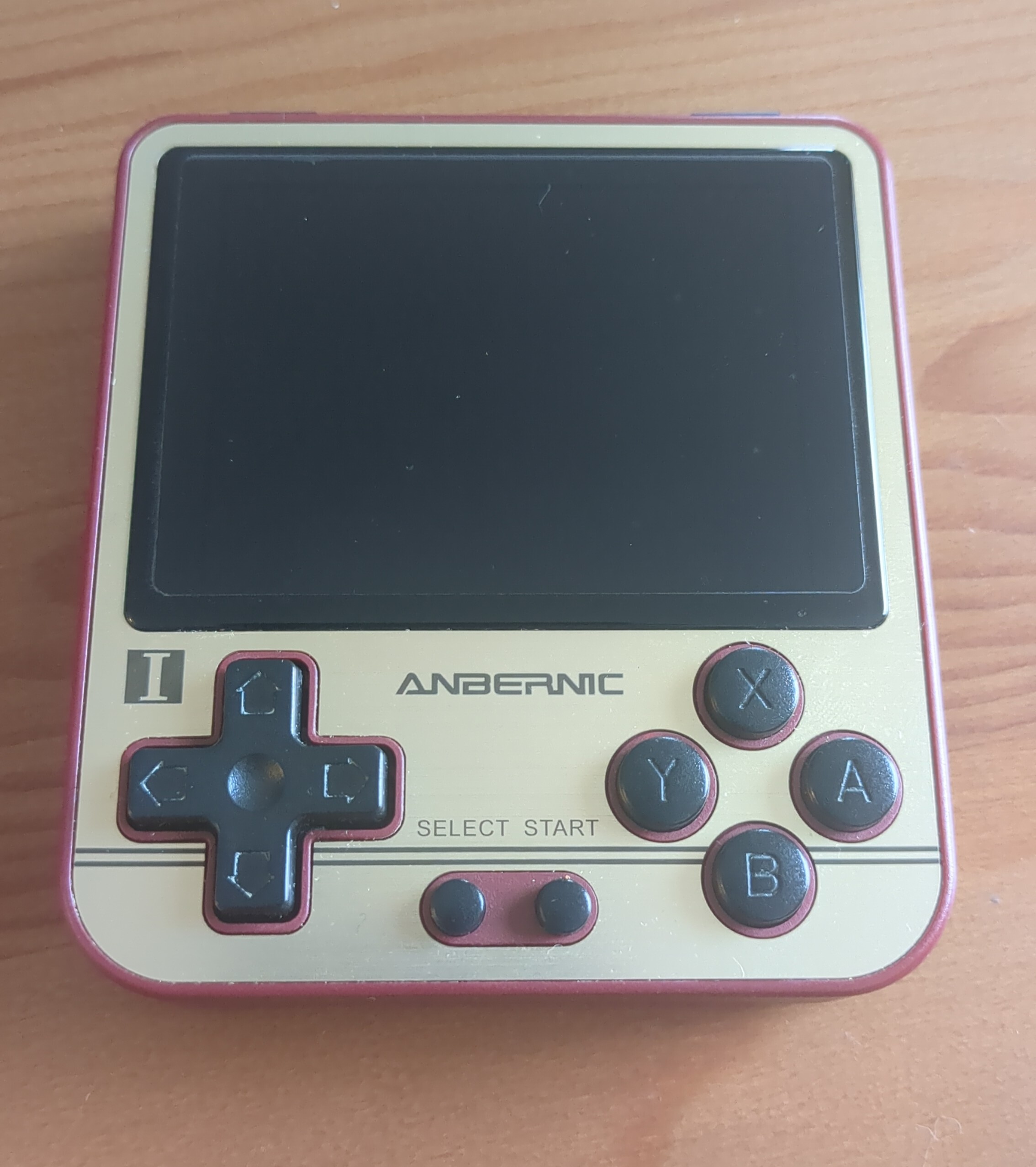this post was submitted on 17 Mar 2024
229 points (97.9% liked)
Asklemmy
44615 readers
1117 users here now
A loosely moderated place to ask open-ended questions
If your post meets the following criteria, it's welcome here!
- Open-ended question
- Not offensive: at this point, we do not have the bandwidth to moderate overtly political discussions. Assume best intent and be excellent to each other.
- Not regarding using or support for Lemmy: context, see the list of support communities and tools for finding communities below
- Not ad nauseam inducing: please make sure it is a question that would be new to most members
- An actual topic of discussion
Looking for support?
Looking for a community?
- Lemmyverse: community search
- sub.rehab: maps old subreddits to fediverse options, marks official as such
- !lemmy411@lemmy.ca: a community for finding communities
~Icon~ ~by~ ~@Double_A@discuss.tchncs.de~
founded 5 years ago
MODERATORS
you are viewing a single comment's thread
view the rest of the comments
view the rest of the comments

I have a couple ideas though I'm not sure how good they would actually be. I guess anything you use for a hobby or are interested in could be used.
A 3D printer was already mentioned but would probably be the most fascinating (and bulky) thing I could bring. In that case I would probably talk about the workflow that goes into making a part, what to look out for when printing and how a print is actually made.
For simpler stuff I have 2 ideas. Firstly, I am kind of fascinated by pocket watches and have one that belonged to my great grandfather or something and is probably ~100 years old at this point. My grandmother gave it to me on my 18th birthday. The scale of the parts inside such a watch and how they work really interests me but I don't dare take any of the watches I have apart since the parts are so small (though still larger than modern mechanical wrist watches). Did you know there are so called "railroad grade" pocket watches? They were used by train conductors and had to have a certain minimum accuracy since time differences in planning could otherwise lead to train collissions.
The second small thing I could talk a bit about are fountain pens. For that I also have an older pen (A Pelikan 140 which was manufactured some time in the 50s or 60s) which is a piston filler pen, meaning it requires using ink bottles to refill. This allows usage of some really nice looking inks. Interestingly, the color of the ink on the paper can vary greatly depending on various parts of the pen (Nib thickness or the feed of the pen impacting the wetness) and the paper which may be more or less absorbant. I have a nice green ink which will have a red shimmer on wetter line parts if I use the correct paper. On other paper types it is just green.